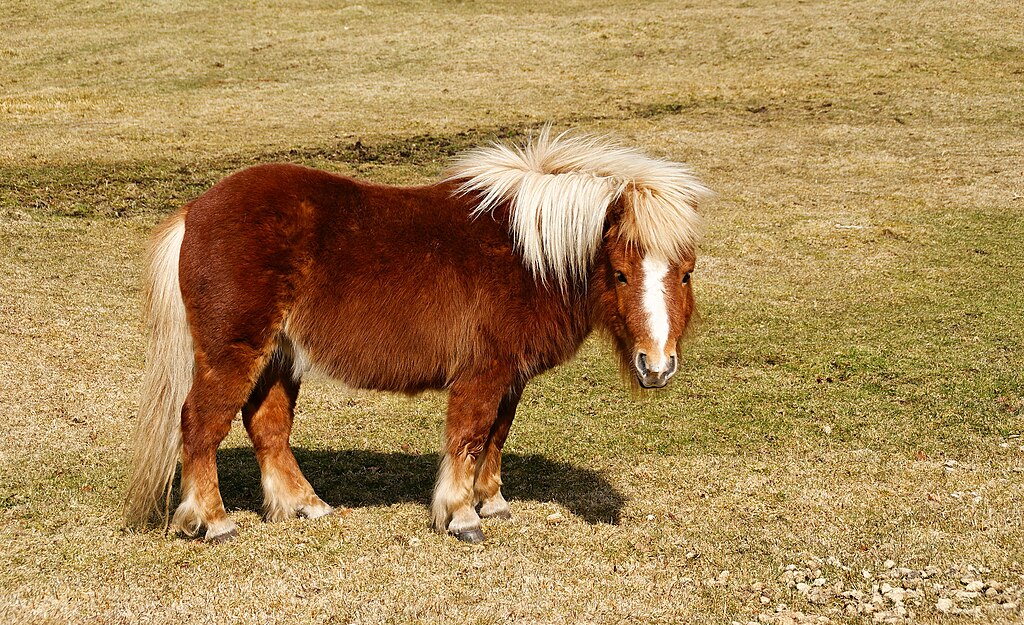Shetland - Breed record
1/6
Earn XP
Description and Tags
Name | Mastery | Learn | Test | Matching | Spaced |
|---|
No study sessions yet.
7 Terms
Geographical origin
Shetland Islands (Scotland, UK)
History
Originated & evolved in isolation for millenia in a cold & windy environment w/ little shelter & scarce food
XIXth c.: imported to the mainland to be used as draft animals in coal mines
Later exported to various European countries, Canada & USA as riding animals for children
1890: stud-book
Calibre / Size
~ 101 cm (best conformation: < 95 cm)
Short, stocky body
Short, fine limbs
Large back, powerful hindquarters
Small & dished head, very small ears, big & prominent eyes
Long, thick, straight mane & tail
All colours (most common: black & bay)

Performance
Have been massively used to pull carts in mines
Nowadays mainly used as riding animals for children
Temperament / Behaviour
Rustic, adaptable, resistant
Anatomical / pathological particularities
Strenght; can carry ~ their weight (150-180 kg) and pull twice their weight
Very wide nostrils → air is warmed up before inhalation (Nordic breed characteristic)
Economic & ethical aspects
Not suited for hot weather and rich feed (due to their origin): short, fine coat in summer & long thick coat in winter
→ problem for those used for pleasure riding